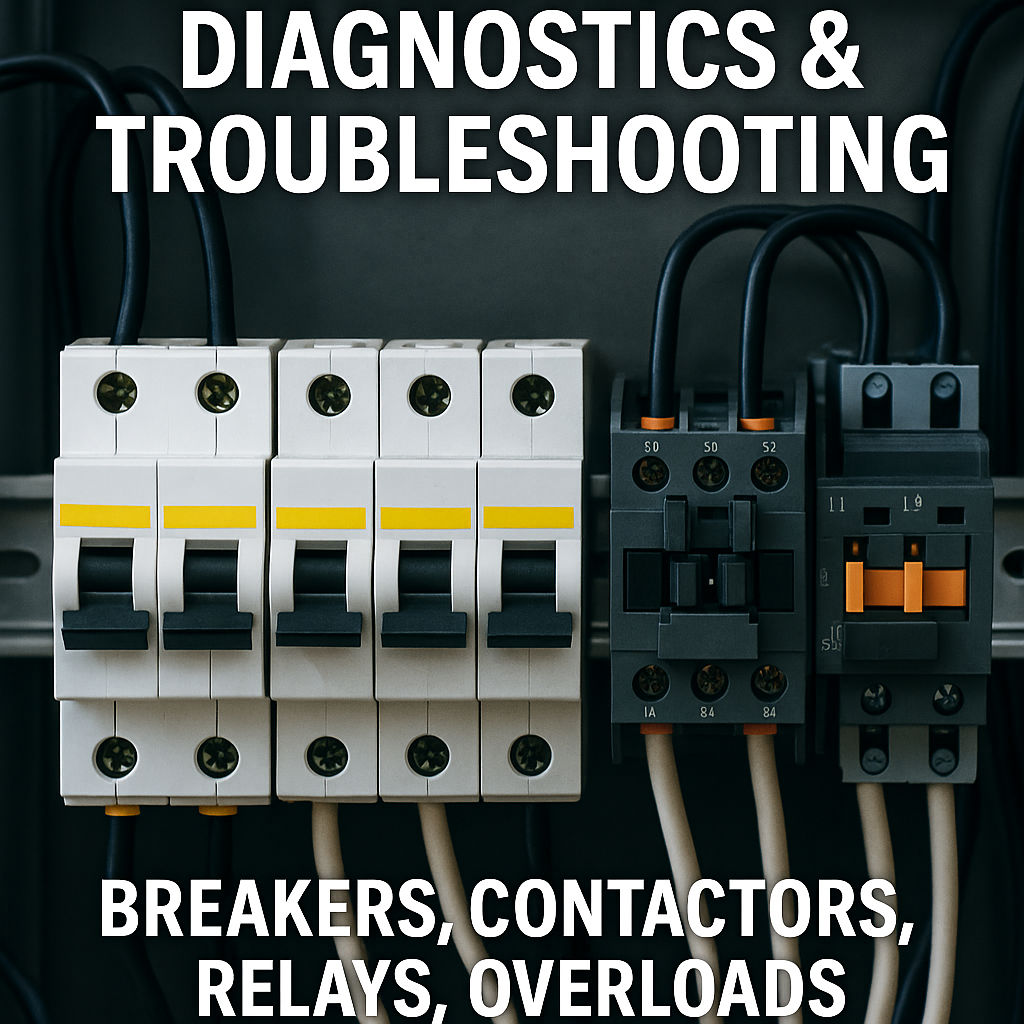
Posted on Sunday, November 16, 2025
Breakers, contactors, relays, and overloads are the core protection and switching components inside every roll forming machine’s electrical system. When any of these devices fail — even slightly — you can experience:
Frequent machine stoppages
Motor trips
Inconsistent production
VFD/servo errors
Safety lockouts
Heating, burning smells, or electrical arcing
Total line shutdown
These components operate under constant vibration, heat, and heavy electrical load. Over time, they wear, weaken, or fail completely — often without visible signs until the machine stops unexpectedly.
This guide explains how to identify, diagnose, repair, and prevent breaker, contactor, relay, and overload faults on roofing, decking, purlin, flashing, tube mill, stud/track, and guardrail roll forming lines.
Machine Matcher offers full electrical technician services worldwide, including diagnostics, rewiring, panel upgrades, component replacement, and 24/7 remote support.
Before diagnosing faults, it’s essential to understand what each component does.
Breakers protect the machine from short circuits and high-current faults.
Protect main incoming power
Protect VFDs and servo drives
Protect motors and heaters
Protect control circuits
Isolate sections during maintenance
Nuisance tripping
Weak breaker due to age
Heat damage
Incorrect sizing
Loose terminals
Phase imbalance
Contactors switch motors, pumps, heaters, hydraulic units, and power loads.
Motor start/stop control
Hydraulic pump engagement
Uncoiler expansion motors
Cut-to-length units
Main machine drive motor
Coil burnout
Worn contacts
Chattering due to low voltage
Heat discoloration
Mechanical sticking
Vibration loosening
Relays allow the PLC to activate solenoids, valves, alarms, and small motors.
Activate solenoids
Switch signals
Interface PLC outputs
Control low-power devices
Stuck contacts
Coil failure
Back-feed voltage
Arcing
Loose sockets
Overloads protect motors from drawing too much current over time.
Motor protection
Prevent overheating
Detect mechanical binding
Trip circuits safely
Incorrect sizing
Weak overload relay
Poor adjustment
Nuisance tripping due to mechanical load
Dirty environment heating the relay
Motor overloading
Short circuits in wiring
Loose terminals
Undersized breaker for load
VFD inrush current
Weak breaker (old or damaged)
Machine turns off suddenly
PLC resets
VFD shows UV/OV/OC faults
Breaker feels hot
Tighten all terminals
Check motor amp draw
Inspect wiring for short circuits
Upgrade breaker if undersized
Measure voltage during startup
Phase imbalance
Loose internal components
Weak coil
Overloaded phase
Balance phases
Replace main breaker
Tighten lugs and connections
Low coil voltage
Weak coil
Bad power supply
Loose neutral or common
Vibration
Hydraulic pump starts/stops randomly
Motor stalls
VFD undervoltage faults
Loud repeated clicking
Test coil voltage
Replace weak coil
Secure terminals
Replace contactor if contacts are worn
Welded contacts
Overheated contacts
Back-feed from a faulty relay
Incorrect wiring
Motor runs continuously
Dangerous uncontrolled movement
Hydraulic systems activate unexpectedly
Replace contactor
Inspect wiring for back-feed
Add arc suppression if needed
Too much load
Undersized contactor
Loose lugs
Bad phase connection
Dust or oil inside contactor
Clean, tighten, and replace if burnt
Ensure proper sizing
Balance motor phases
Dead coil
Broken wiring
PLC output failure
Blown fuse
Wrong voltage relay
Check coil resistance
Check voltage from PLC output
Replace relay or its socket
Arced/welded contacts
Incorrect wiring
Backfeed voltage
Contamination inside relay
Replace relay
Inspect for moisture/oil
Motor drawing high amps
Incorrect overload setting
Mechanical drag
Incorrect motor size
Poor lubrication
Misaligned rollers
Check mechanical load FIRST
Measure amps while running
Set overload properly
Inspect bearings, couplings, chains
Faulty relay
Loose wiring
Ground fault
Motor winding failure
Replace overload relay
Megger test motor
Inspect wiring insulation
Burnt components
Melted insulation
Loose screws
Discoloured lugs
At breaker output
At contactor coil
At relay coil
At overload terminals
Compare to nameplate rating.
Coil resistance
Short-to-ground test
Carbon buildup
Pitting
Heat scoring
A safety relay or E-stop loop can disable contactors.
PLC must send the command.
Machine Matcher offers complete electrical cabinet audits and preventive maintenance packages.
Call a professional if you notice:
Chattering contactors
Breaker trips during production
Overload won’t reset
Burning smell inside electrical cabinet
Motors humming or running weak
Unexpected machine shutdowns
Safety circuit refusing to clear
Random relay activations
VFD or servo errors related to power circuits
Machine Matcher provides:
Power circuit diagnostics
Breaker & contactor replacement
Relay and overload upgrades
Full panel rewiring
Preventive maintenance
24/7 remote support
Worldwide on-site repair
Low coil voltage or loose wiring.
Mechanical drag or undersized motor.
Loose terminals or internal wear.
Yes — relays often cause random machine stops.
For high-duty cycles, yes.
Breakers, contactors, relays, and overloads are small components, but they control the entire electrical power system of your roll forming machine. When they fail, production stops — often without warning.
Machine Matcher delivers the diagnostics, replacements, repairs, and preventive maintenance needed to keep your electrical systems reliable and your machines running smoothly worldwide.
Reliable machines. Safer panels. Less downtime.
Machine Matcher delivers it.
Machine Matcher now offers full electrical technician services for roll forming machines — including diagnostics, rewiring, testing, encoder calibration, PLC programming, electrical audits, and preventive maintenance.
We support all machine types and all global regions.
Contact us today for immediate technical assistance or to schedule a full electrical inspection at your factory.
Looking for the right roll forming machine or expert guidance on your next project? Machine Matcher is here to help. Our global team provides 24/7 technical support, expert advice, and guidance on machine selection, setup, and maintenance—ensuring your operations run smoothly from day one.
With team members based worldwide—including the UK, USA, Middle East, and beyond—we are equipped to assist buyers across the globe. Whether you’re sourcing a single machine or upgrading an entire production line, our experts are ready to provide tailored solutions and support every step of the way.
Get in touch now and let Machine Matcher help you find the perfect roll forming machine for your business.
United Kingdom (Main Office)
Phone: +44 20 335 56554
United States
Phone: +1 407 559 7948
Mobile / WhatsApp: +44 7816 972935
Email: [email protected]
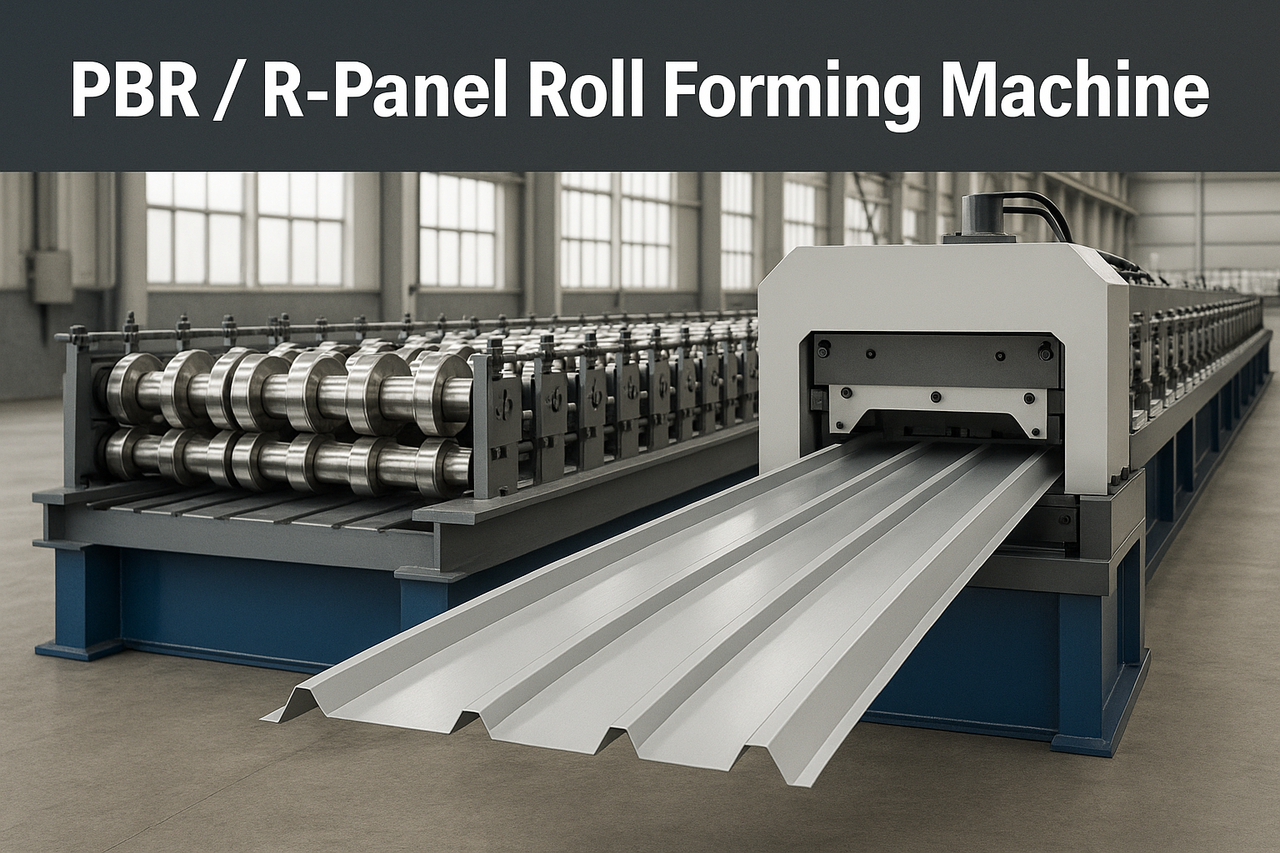
PBR / R-Panel Roll Forming Machine – Complete Guide & Specifications
Posted on Sunday, November 16, 2025
PBR / R-Panel roll forming machine for roofing and wall cladding. Full specs, profiles, applications, pricing, and global buying guide. Built to order.
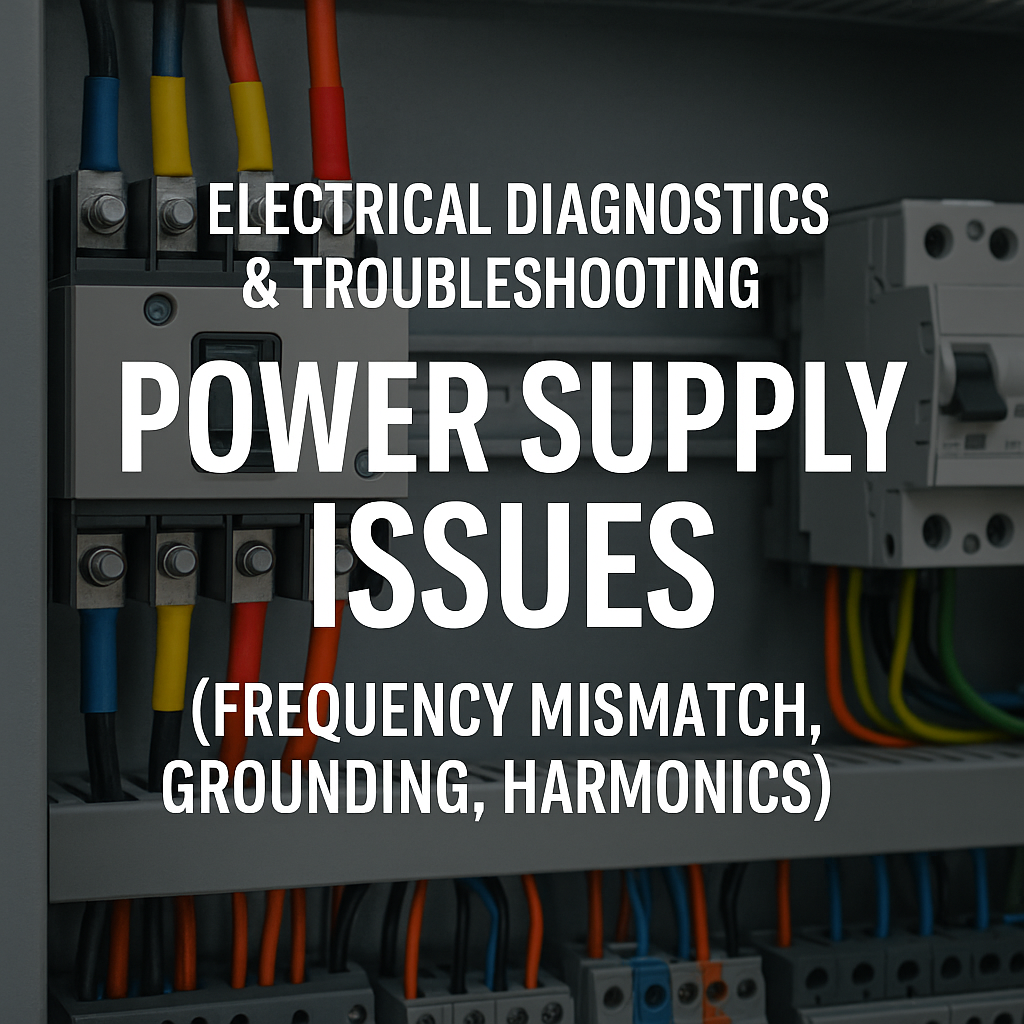
Posted on Sunday, November 16, 2025
How to Diagnose and Fix the Hidden Electrical Problems That Cause Downtime
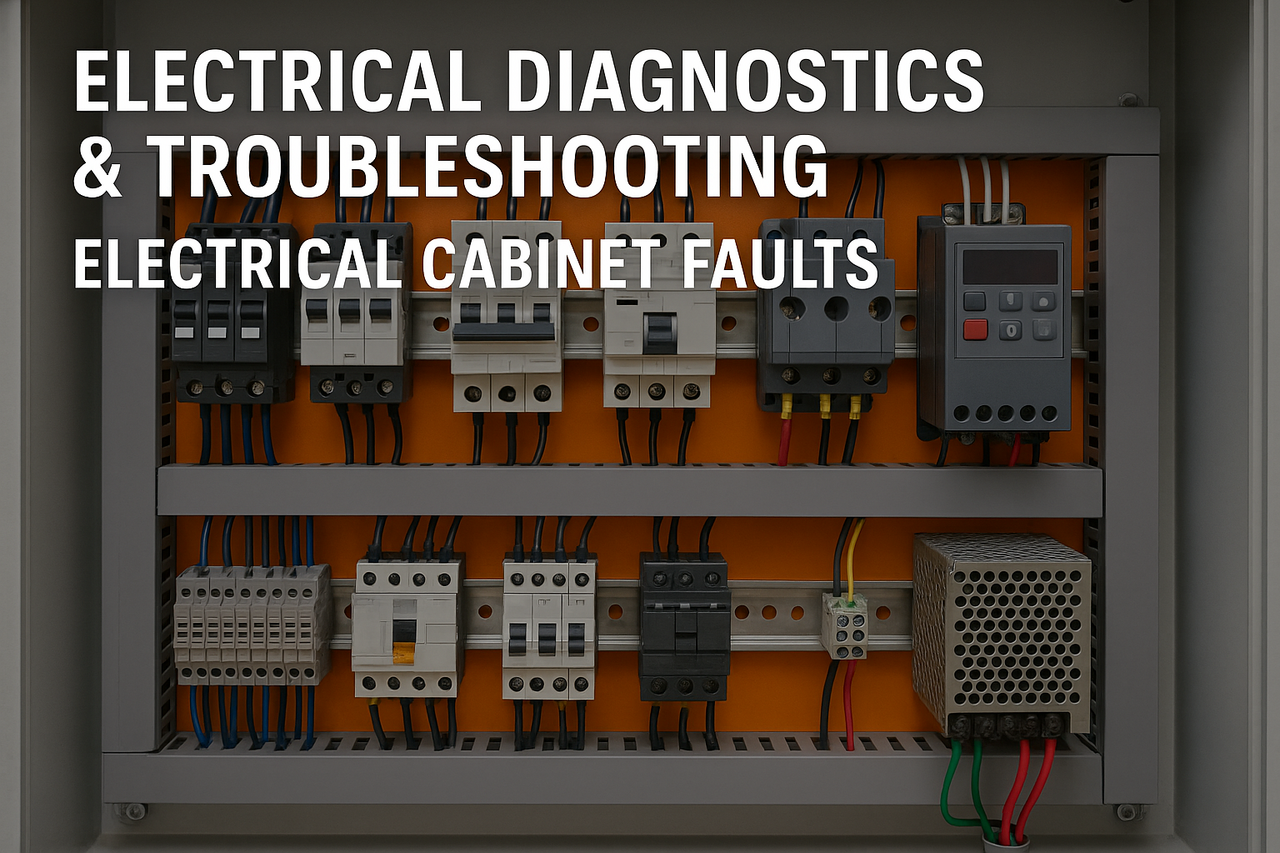
Posted on Sunday, November 16, 2025
How to Identify, Diagnose, and Repair Control-Panel Failures That Stop Production
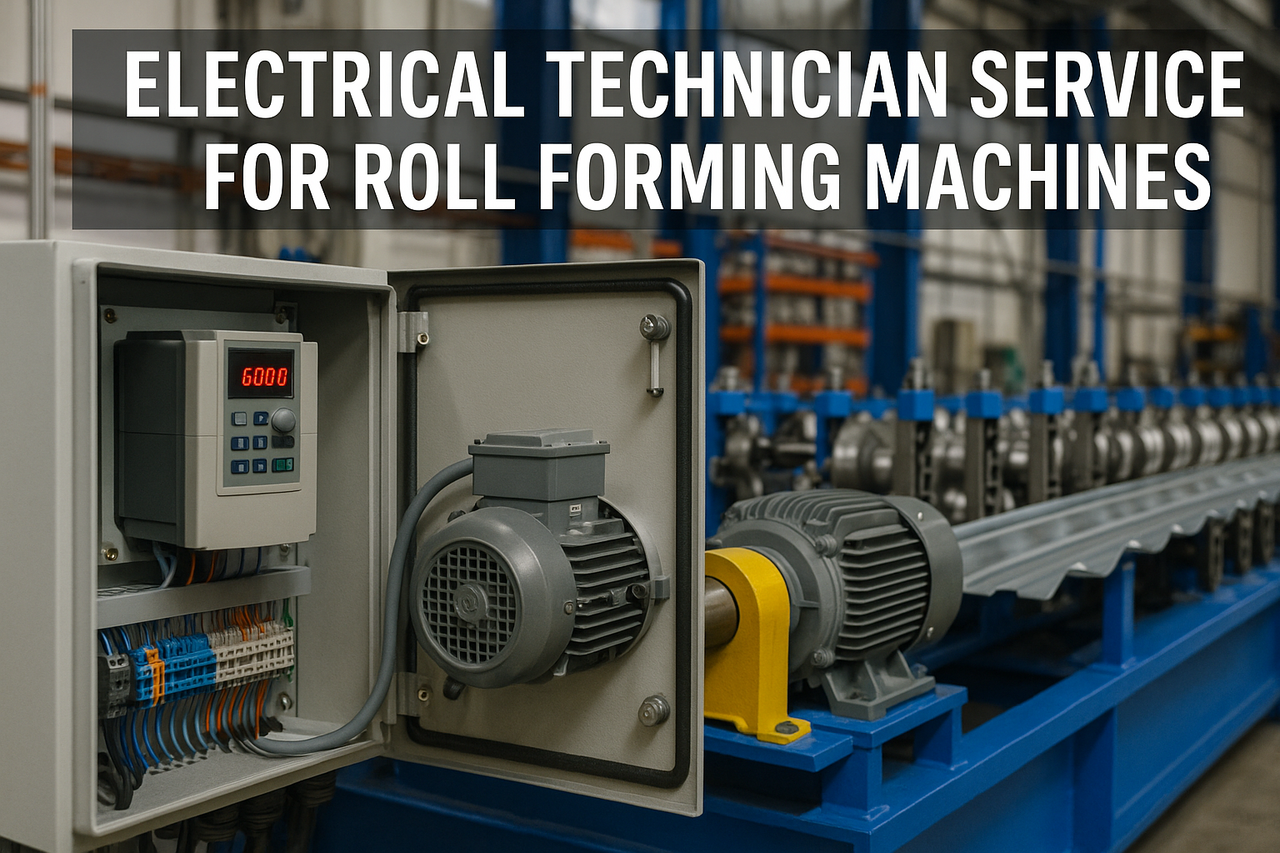
Electrical Technician Services for Roll Forming Machines — Complete 2025 Support & Diagnostics
Posted on Sunday, November 16, 2025
Worldwide electrical technician services for roll forming machines. Fast diagnostics, PLC/VFD repair, calibration, safety checks, and full panel support.
Copyright 2025 © Machine Matcher.